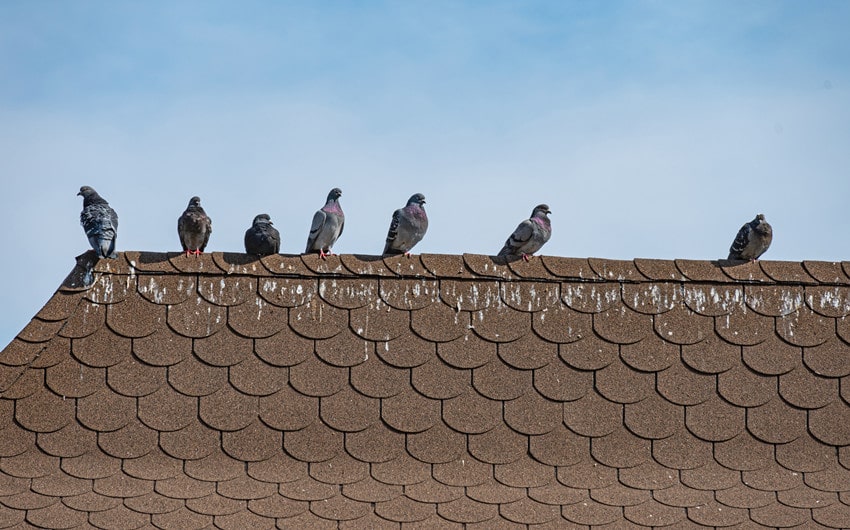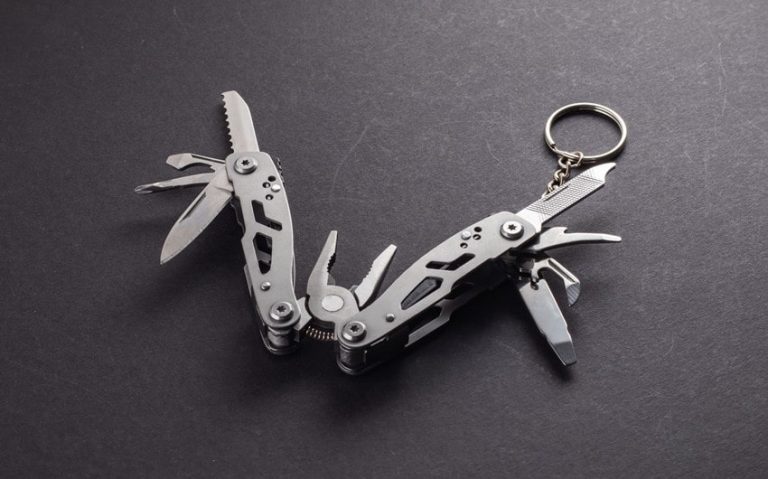From Pigeons to Seagulls: Practical Solutions for Common Bird Problems
Birds are a common sight in urban environments, often bringing a sense of life and vibrancy to our cities. However, they can also pose significant challenges, particularly when their presence becomes overwhelming. From pigeons roosting on ledges to seagulls scavenging for food, these feathered friends can lead to various issues for homeowners and businesses alike. Understanding these problems and exploring practical solutions can help mitigate the impact of our avian neighbours.
Understanding the Common Bird Problems
Pigeons: The Urban Dwellers
Pigeons are perhaps the most recognisable birds in urban settings. While they may seem harmless, their droppings can cause extensive damage to buildings, vehicles, and public spaces. The acidic nature of pigeon droppings can erode stonework and metal, leading to costly repairs. Additionally, pigeons can carry diseases that pose health risks to humans, such as histoplasmosis and cryptococcosis.
Seagulls: The Scavengers
Seagulls, often associated with coastal areas, have adapted remarkably well to urban life. Their scavenging behaviour can lead to problems, especially in areas with abundant food sources, such as fast-food outlets and outdoor dining areas. Seagulls are known for their aggressive behaviour when protecting their nests or young, which can pose a risk to pedestrians. Moreover, their droppings can also cause damage similar to that of pigeons.
Practical Solutions for Bird Problems
Prevention is Key
The first step in managing bird problems is prevention. Here are some effective strategies:
1 Remove Food Sources: One of the most effective ways to deter birds is to eliminate their food sources. This means securing rubbish bins, cleaning up food spills, and discouraging outdoor feeding.
2 Modify Habitats: Birds are attracted to certain environments. By modifying these habitats, you can make your property less appealing. This can include trimming trees, removing nesting materials, and sealing off potential nesting sites.
3 Use Bird Deterrents: There are various bird deterrents available that can help keep birds at bay. These include:
- Spikes: Installing bird spikes on ledges and rooftops can prevent birds from landing and nesting.
- Netting: Bird netting can be an effective barrier against pigeons and seagulls, particularly in areas where they are known to roost.
- Visual Deterrents: Reflective objects, such as CDs or shiny tape, can scare birds away. Additionally, decoys of predatory birds can also be effective.
Professional Help
In some cases, the problem may be too significant to handle alone. This is where professional services come into play. Companies like Apex Bird Control specialise in bird management solutions tailored to specific needs. They can assess your situation, recommend appropriate measures, and implement them effectively. Their expertise can save you time and ensure that the solutions are both humane and compliant with local regulations.
Understanding Legal Considerations
When dealing with bird problems, it’s essential to be aware of the legal considerations surrounding bird control. Many bird species are protected under UK law, which means that certain methods of control may be illegal. For instance, it is illegal to harm or kill birds without a licence. Therefore, it’s crucial to consult with professionals who understand these regulations and can provide guidance on compliant methods.
Long-Term Strategies for Bird Management
Education and Awareness
One of the most effective long-term strategies for managing bird problems is education. By raising awareness about the importance of responsible bird feeding and the consequences of attracting birds to urban areas, communities can work together to mitigate issues. Schools, local councils, and community groups can play a vital role in promoting responsible practices.
Community Initiatives
Community initiatives can also be beneficial in addressing bird problems. Organising clean-up days, where residents come together to clean public spaces, can help reduce food sources for birds. Additionally, community discussions about bird management can lead to collaborative solutions that benefit everyone.
Monitoring and Adaptation
Bird populations can change over time, and so can their behaviours. Regular monitoring of bird activity in your area can help identify emerging problems before they escalate. By adapting your strategies based on these observations, you can maintain a harmonious balance between humans and birds.
Conclusion
Birds are an integral part of our urban ecosystems, but their presence can lead to various challenges. By understanding the specific problems associated with common birds like pigeons and seagulls, we can implement practical solutions that protect our properties and public spaces. Prevention, professional assistance, and community engagement are all vital components of effective bird management.
As we navigate the complexities of urban wildlife, it’s essential to approach these issues with a mindset of coexistence. By finding ways to live harmoniously with our feathered neighbours, we can enjoy the benefits they bring while minimising the challenges they pose. Whether you’re a homeowner, a business owner, or a concerned citizen, taking proactive steps can lead to a more pleasant environment for everyone.







